Legal Battle: Djokovic's Player Union Takes On Tennis Governing Bodies
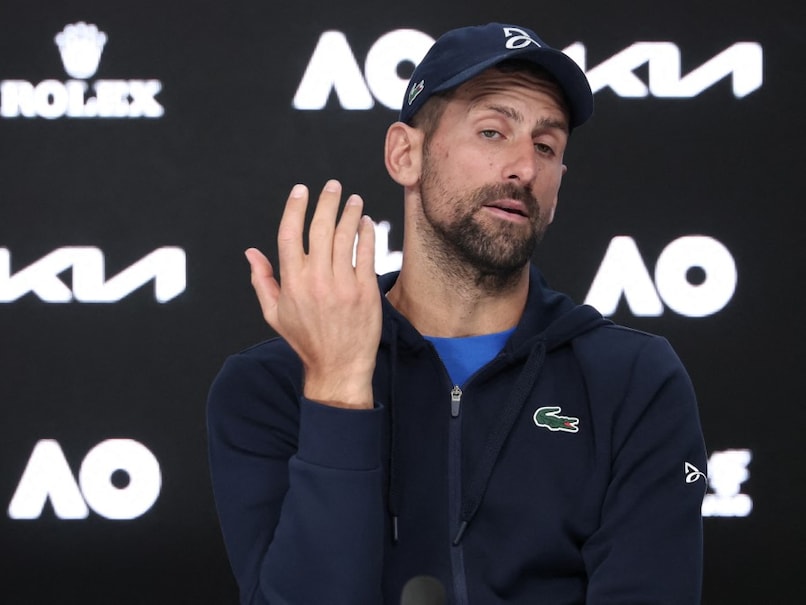
Table of Contents
The Core Issues Fueling the Dispute
At the heart of this legal battle lie several fundamental disagreements between Novak Djokovic's player union and the governing bodies of professional tennis. These disagreements represent years of simmering discontent among players regarding their treatment and compensation within the sport's hierarchical structure. The central points of contention include:
-
Disputes over prize money distribution and revenue sharing: Players argue that the current revenue-sharing model disproportionately favors the governing bodies and tournament organizers, leaving players with an unfairly small share of the overall profits generated by the sport's immense popularity. This includes concerns about the allocation of sponsorship deals and media rights revenue.
-
Concerns about player scheduling and tournament demands: The relentless travel schedule and intense demands placed upon professional tennis players are significant sources of stress and potential injury. Players advocate for more reasonable scheduling to allow for adequate rest and recovery between tournaments. The current system is often criticized for prioritizing tournament profitability over player well-being.
-
Debates surrounding player representation and decision-making power: Players feel they lack sufficient representation and voice in decisions that significantly affect their careers. They are seeking greater involvement in the rule-making process and a more equitable distribution of power within the sport's governance structures.
-
Allegations of unfair treatment and lack of player advocacy: The legal action alleges instances of unfair treatment, inconsistent application of rules, and a lack of adequate player advocacy from the governing bodies. Specific examples of these alleged grievances are expected to be detailed during the legal proceedings.
Djokovic's Role and the Power of Collective Bargaining
Novak Djokovic's leadership within the player union is undeniably pivotal to this legal battle. His significant influence and global stature have galvanized support among fellow players, bolstering the union's efforts.
-
Djokovic's public statements and advocacy for player rights: Djokovic has consistently used his platform to advocate for improved player rights and fairer compensation. His outspokenness has resonated with many players, strengthening the collective bargaining position of the union.
-
The strength and membership of the player union: The size and solidarity of the player union are crucial factors in the success of this legal challenge. A strong membership base translates to significant bargaining power and a more compelling case.
-
The legal strategies employed by the union: The union’s legal strategy focuses on establishing a precedent for greater player autonomy and fairer revenue distribution within professional tennis. Their arguments center around antitrust laws and the rights of independent contractors.
-
The potential impact of successful collective bargaining on future player contracts: A successful outcome could dramatically reshape future player contracts and the overall power dynamics between players and governing bodies, setting a precedent for athlete advocacy in other professional sports.
The Governing Bodies' Response and Counterarguments
The ATP, WTA, and Grand Slam organizations have responded to the legal challenge with counterarguments aimed at justifying their current structures and policies.
-
The governing bodies' justifications for their current structures and policies: The governing bodies argue that their current structures and policies are necessary for the financial stability and overall success of the sport. They highlight the significant investments made in infrastructure, marketing, and player development.
-
Financial arguments regarding revenue distribution and operational costs: They emphasize the substantial operational costs involved in running professional tennis tournaments, including prize money, infrastructure, and marketing expenses. They argue that their revenue-sharing model is fair and reflects the realities of running a complex global sport.
-
Statements on player well-being and tournament scheduling considerations: The governing bodies maintain that player well-being is a priority and that tournament schedules are designed with player health in mind. They point to existing player support programs and initiatives aimed at improving player conditions.
-
Legal strategies employed by the governing bodies in defense: The governing bodies are employing robust legal strategies to defend their positions, focusing on the legal frameworks governing professional sports and the contractual agreements with players.
Potential Outcomes and Implications for the Future of Tennis
The outcome of this legal battle will have far-reaching implications for the future of professional tennis. Several potential scenarios exist, each with significant consequences:
-
Changes to prize money distribution models: A successful lawsuit could lead to significant reforms in prize money distribution, potentially resulting in a more equitable share for players.
-
Reforms to player scheduling and tournament structures: The legal battle could trigger changes in tournament scheduling and player workload, leading to a more sustainable and player-friendly calendar.
-
Increased player representation and decision-making power: A successful challenge could empower players, granting them greater representation and a more significant voice in the governance of professional tennis.
-
Impact on the relationship between players and governing bodies: Regardless of the outcome, this legal battle will inevitably impact the relationship between players and governing bodies, potentially fostering a more collaborative or adversarial dynamic depending on the resolution.
-
Broader implications for professional sports and athlete advocacy: The outcome of this legal battle will set a significant precedent for athlete advocacy in other professional sports, potentially inspiring similar challenges and reforms across various sporting disciplines.
Conclusion
This legal battle between Djokovic's player union and the tennis governing bodies represents a pivotal moment for professional tennis. The core issues—prize money distribution, player representation, and tournament scheduling—highlight a crucial power imbalance. The outcome will significantly shape the future of the sport, influencing player welfare and the overall structure of the professional tennis landscape. Stay informed on the developments of this crucial legal battle affecting professional tennis. Follow our updates on Djokovic's player union and its fight for improved player rights and fairer compensation in the world of professional tennis. Learn more about the ongoing legal disputes affecting professional tennis players and the implications for the future of the sport.

Featured Posts
-
 1248
May 30, 2025
1248
May 30, 2025 -
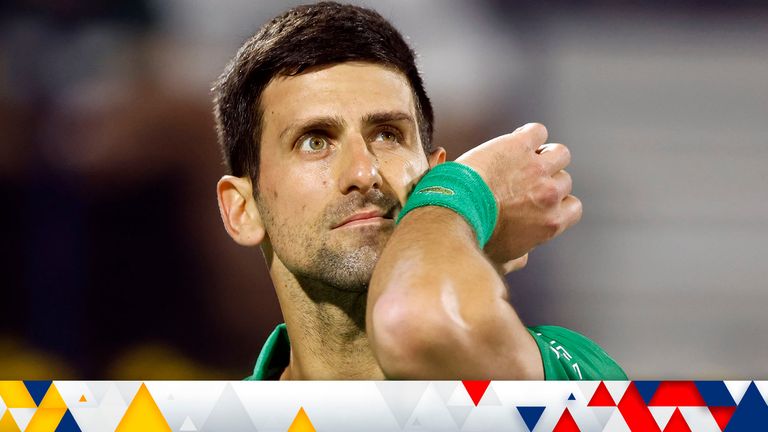 Djokovics Player Union Launches Legal Offensive Against Tennis Governing Bodies
May 30, 2025
Djokovics Player Union Launches Legal Offensive Against Tennis Governing Bodies
May 30, 2025 -
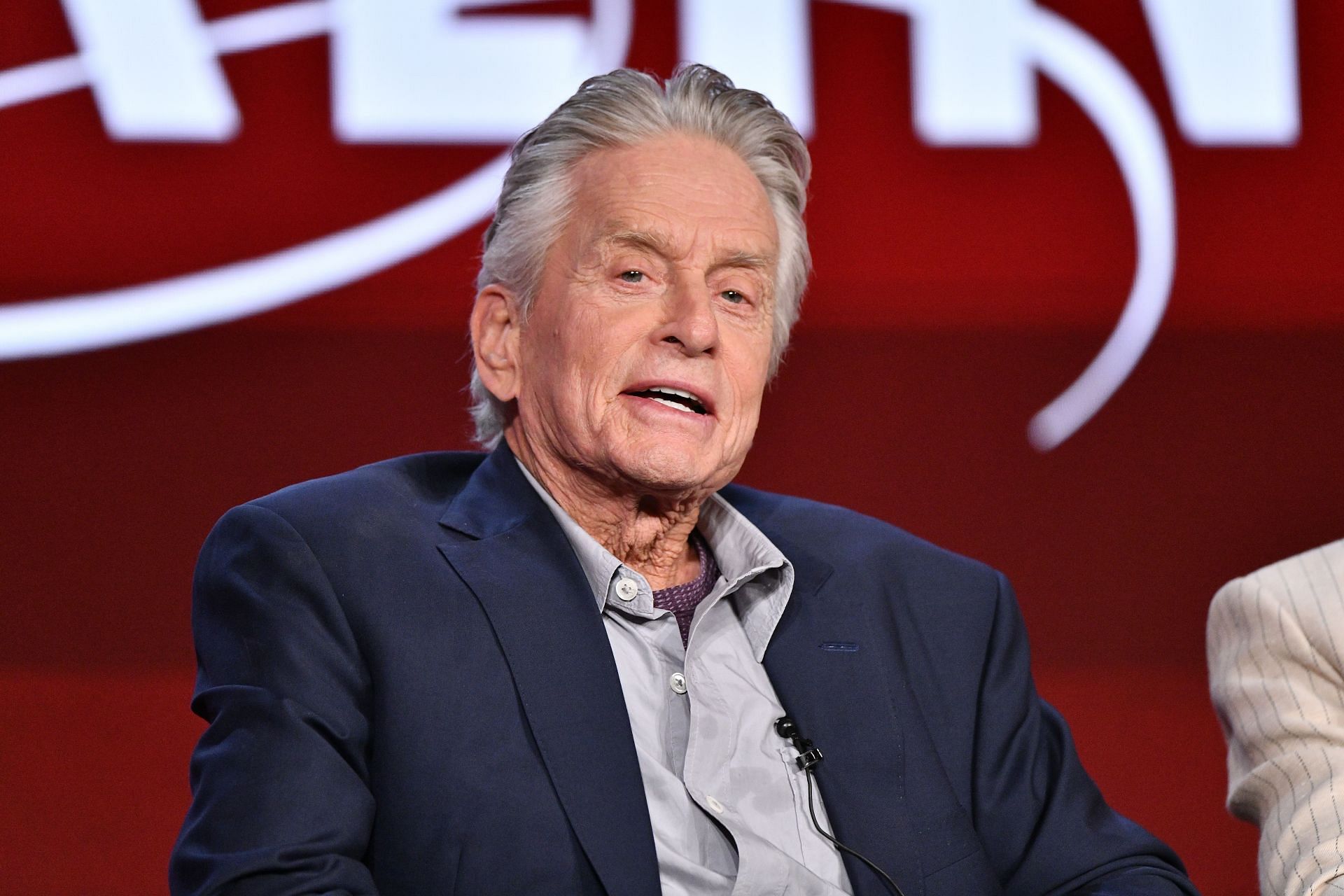 Country Diary Discovering The Roastable Roots Of A Carrot Cousin
May 30, 2025
Country Diary Discovering The Roastable Roots Of A Carrot Cousin
May 30, 2025 -
 Palavra De Amorim Bruno Fernandes Imovel No Manchester United
May 30, 2025
Palavra De Amorim Bruno Fernandes Imovel No Manchester United
May 30, 2025 -
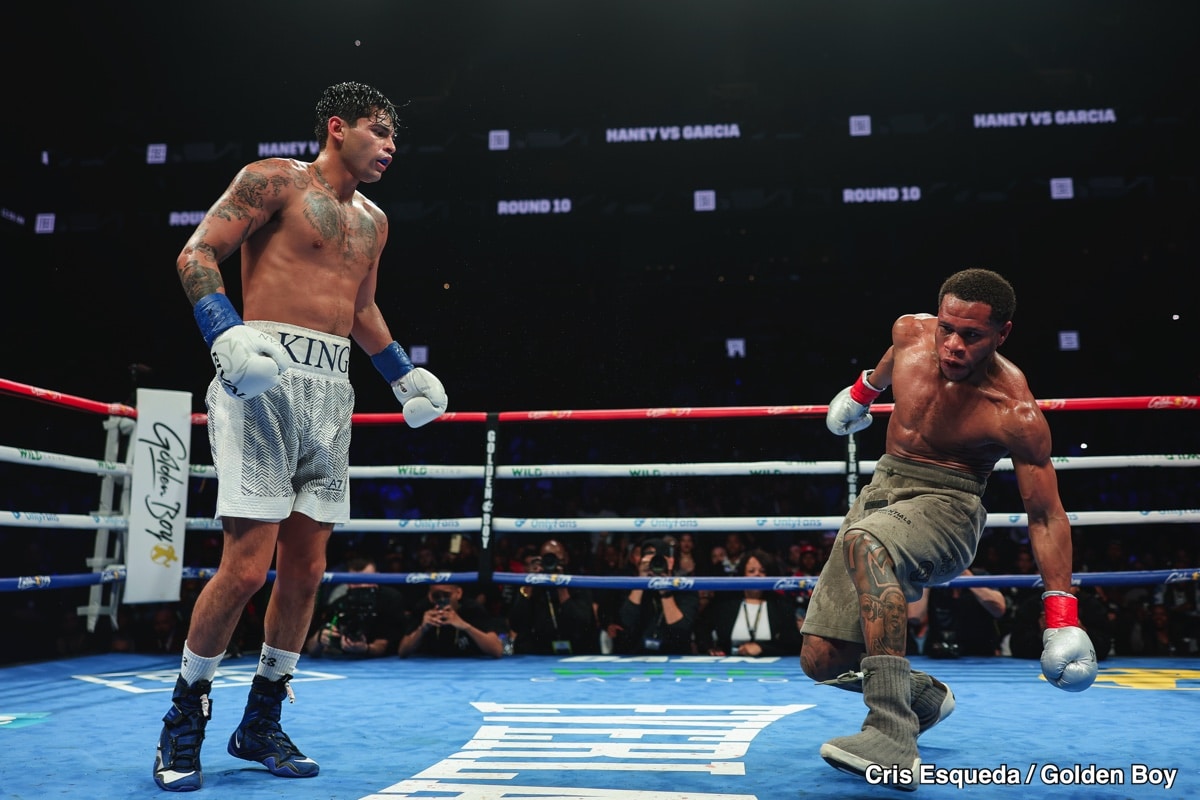 French Open Day 2 Djokovics Dominance And Norries Stunning Upset
May 30, 2025
French Open Day 2 Djokovics Dominance And Norries Stunning Upset
May 30, 2025
Latest Posts
-
 Auction Alert Banksys Broken Heart Wall
May 31, 2025
Auction Alert Banksys Broken Heart Wall
May 31, 2025 -
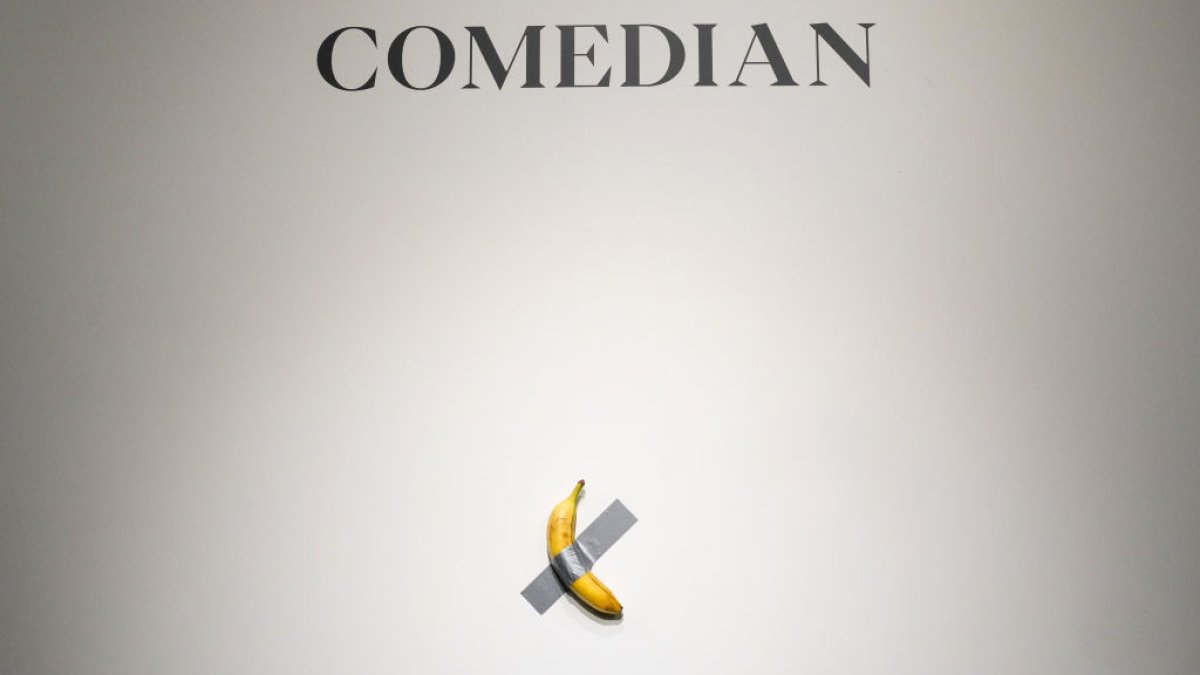 Banksys Broken Heart A Famous Street Art Piece To Be Auctioned
May 31, 2025
Banksys Broken Heart A Famous Street Art Piece To Be Auctioned
May 31, 2025 -
 Banksy Broken Heart Artwork Headed To Auction
May 31, 2025
Banksy Broken Heart Artwork Headed To Auction
May 31, 2025 -
 Banksy Broken Heart Mural Headed To Auction
May 31, 2025
Banksy Broken Heart Mural Headed To Auction
May 31, 2025 -
 World News Banksys Art Takes Center Stage In Unprecedented Dubai Exhibition
May 31, 2025
World News Banksys Art Takes Center Stage In Unprecedented Dubai Exhibition
May 31, 2025
